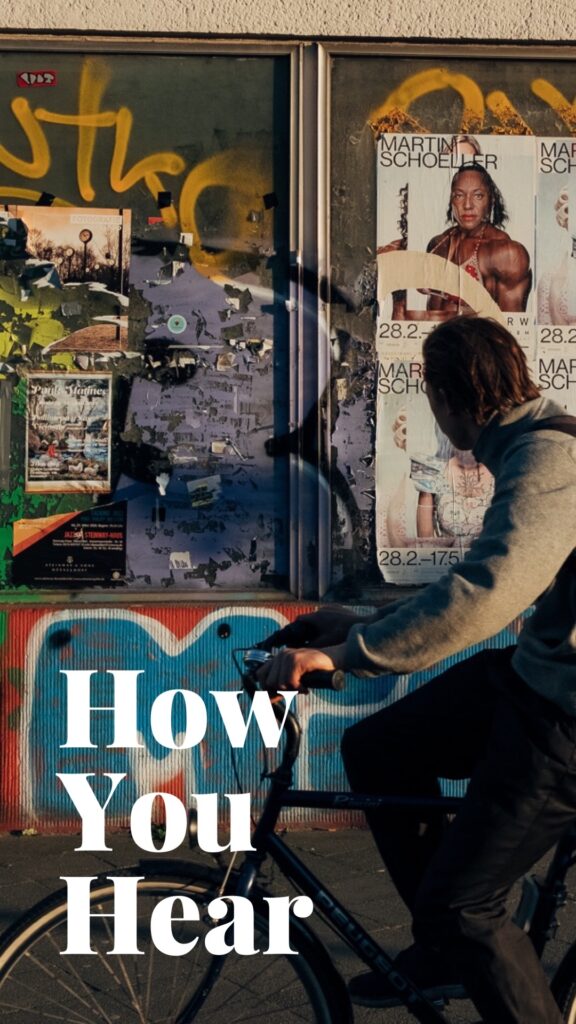How does your audience hear? Determining what platforms are worth a damn.

Every person I’ve ever worked work has asked “is that [insert platform or media format here] really worth it?” Every platform and media format has finished that question throughout the years, and each time I respond with the same question— “How does your audience hear?”
What’s the point of this question?
- Knowing the tone your audience listens to helps you narrow down what platforms and media formats you’ll utilize.
- What platforms and media formats you utilize will determine your plan of engagement, the type of content you’ll need & the information to help you strategize with the platform or location’s audience participation.
- Knowing your audience’s participation will help you determine the most profitable ways to frame your expertise, deliverables and value-showcased content. (Aka, it’ll help you learn more about Marketing’s role within your Sales Funnels.)
How your audience sees platforms/ formats as reliable varies with age and lifestyle, but the questions remain the same.
- Who is your audience?
- How do they prefer to take in information?
- What type of tone do they internalize best?
- What needs or desires are they looking to meet?
- Where are they active?
Surprise, surprise— a lot of our biases come from capitalism led by shifting trends. To give you an idea of the type of answers that can be found from the above questions, here is some of our most recent findings in the past year’s media research.
- Print Shops used to be a leader in marketing, showcasing themselves as experts who knew what audiences wanted to sell their particular products. Most CEOs over the age of 50 believe that Print is the leader in marketing. We look at the reality of this from Print Shops swaying their customers to the need to account for aging demographics physically struggling to read digital media and relying on print for their eyesight.
- You see an almost 50/50 split in people struggling with modern day Ambassadors, those who follow others for their opinions but whose product curation is being defined by their own payments. They struggle with trusting if sponsorship is authentic or if their own algorithm could better support their curiosity and wants, through understanding your lifestyle through data mining.
- Your own sensitivity. With greater understanding of neurodivergent needs, we see the consistent need for diversified platforms and formats that offer a wide range of accessibility. With increased input from utilizing multiple platforms, paired with a decrease in ageism through supporting the economic participation of older generations, we’ve seen a slow swing back of the print industry pendulum.
- Creativity outshines format. Make a mural; projection map on a city building; design an interactive sculpture or print a book for people to always have in their homes. The idea is about creating campaigns that make memories through unique or sensory filled experiences.
So what do you do with all this information?
- Double check your audience aligns with the platforms and formats you’re using. Your audiences are not on every platform, and neither should you. Focus your content on what your current and potential audiences are using.
- Marketing sets expectations— If you say you’re the “most” of something, your audience subconsciously push and challenge the boundaries to assess if your claim is true. How you frame yourself is how people know how to interact with you.
- Knowing your platforms helps you to create an efficient strategy for the required format’s design, tone and algorithm needs.
- Word of mouth has been the greatest sales funnel throughout history. It’s still true today, making your authentic connections with your audience your most productive marketing technique. This is seen through community participation, actively collaborating and celebrating those you work with/ purchase from you. (Note: we’re talking “you have to try this new product out” kind of referral, not a suggestion from an ambassador.)


